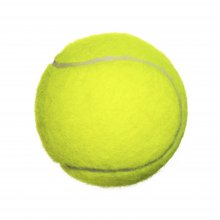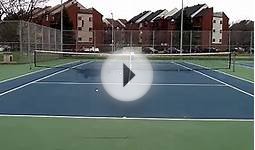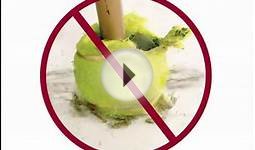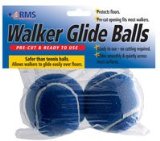Did tennis balls used to be white
 The fresh tube of tennis balls you just purchased has a legacy that can be traced back to 12th century European monks. In fact, some historians argue that the earliest accounts of tennis could date all the way back to Ancient Egypt. Before the iconic yellow fuzz-covered rubber ball zoomed across Wimbledon’s grass courts or was held by the likes of Arthur Ashe or Pete Sampras, a range of materials were used to craft the bouncing ball, including leather, chalk, moss, human hair, metal, sand, wool, and sheep guts.
The fresh tube of tennis balls you just purchased has a legacy that can be traced back to 12th century European monks. In fact, some historians argue that the earliest accounts of tennis could date all the way back to Ancient Egypt. Before the iconic yellow fuzz-covered rubber ball zoomed across Wimbledon’s grass courts or was held by the likes of Arthur Ashe or Pete Sampras, a range of materials were used to craft the bouncing ball, including leather, chalk, moss, human hair, metal, sand, wool, and sheep guts.
Modern tennis evolved in the 1870s from “Real Tennis, ” which has been played for centuries and was a favored game of the European royal courts. Although real tennis has utilized a number of materials to construct the game ball, modern tennis has always used rubber. Early tennis players stitched flannel around the rubber core to improve its durability and performance. Soon following the flannel stitch development was the advancement to using a hollow core filled with pressured gas. Balls were generally either black or white—the color dependent on that of the court.
Each tennis ball was constructed through the cloverleaf technique. A stamp morphed every rubber sheet into a pattern that resembled a three-leaf clover, which was then constructed into a ball using machinery. But as the game advanced, a ball-making technique that could deliver better uniformity was desired, thus prompting the method that is still used today.
Rather than using the cloverleaf technique, tennis balls are manufactured by compressing two half shells together. Several more revisions to the ball followed. Flannel covering was traded for “melton” cloth. And rather than using stitching, manufacturers took to “vulcanized rubber seams.”
The much-recognized yellow didn’t come about until 1972. The International Tennis Federation (ITF) introduced the color to the game because research showed that TV viewers had a tougher time seeing the ball in motion on the courts. However, Wimbledon continued using the traditional white ball until the tournament adopted the yellow ball in 1986. It wasn’t until 1989 that high altitude balls were introduced into the rules. Before then, only one type of tennis ball was used. And in 2002, Type 1 and Type 2 balls were added to the roster of options for tennis matches.
Many people, though, wonder about the fuzz hugging the tennis ball’s surface. What’s the point? Is the fuzz there to make the ball appear a little less intimidating as it hurtles toward you at incredible speeds? Not quite. It all boils down to aerodynamics.
You might also like





|
RMS Walker Glide Balls (Blue) Health and Beauty (Royal Medical Solutions)
|


